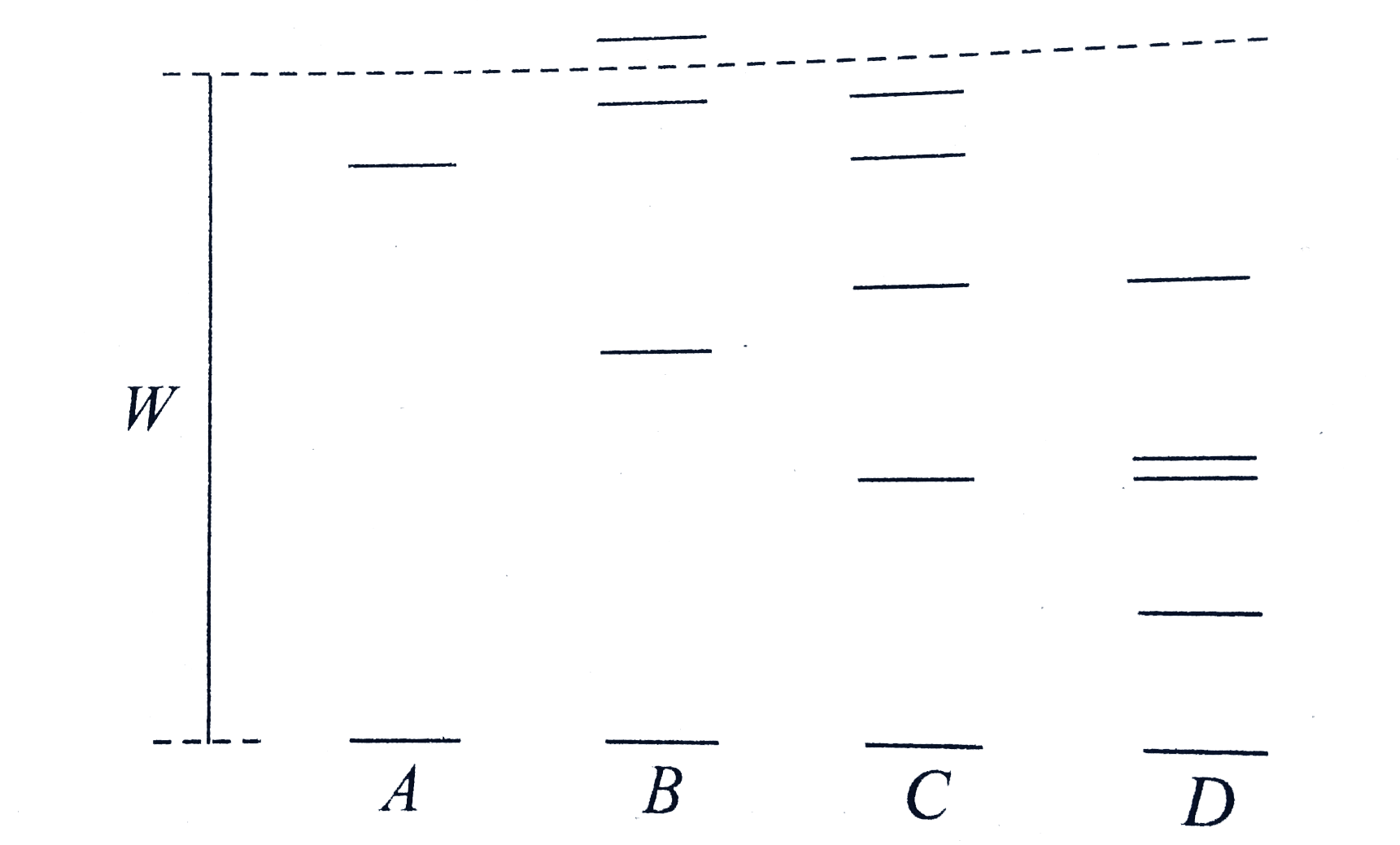The conclusion that every additional electron enters the orbital with lowest possible energy has been drawn from
Pauli's exclusion principle
Hund's rule
Aufbau principle
de-Broglie's equation.
The correct Answer is:C
To solve the question, "The conclusion that every additional electron enters the orbital with the lowest possible energy has been drawn from," we need to identify the principle that describes this behavior of electrons in an atom.
1. Identify the Principle: The principle that states that electrons occupy the lowest energy orbitals first is known as the Aufbau Principle.
2. Explanation of the Aufbau Principle: According to the Aufbau Principle, electrons fill atomic orbitals starting from the lowest energy level to the highest. This means that when adding electrons to an atom, they will first fill the orbitals with the least energy before moving to higher energy levels.
3. Understanding the Implications: The reason for this behavior is that lower energy configurations are more stable. By filling the lowest energy orbitals first, the atom minimizes its energy, leading to a more stable electronic configuration.
4. Clarifying Other Principles:
- Pauli Exclusion Principle: This principle states that no two electrons can have the same set of quantum numbers in an atom. This means that each orbital can hold a maximum of two electrons with opposite spins.
- Hund's Rule: This rule states that electrons will fill degenerate orbitals (orbitals of the same energy) singly before pairing up. This is to maximize the total spin and minimize electron-electron repulsion.
- De Broglie Wavelength: While this relates to the wave nature of electrons, it does not directly address the filling order of orbitals.
5. Conclusion: Therefore, the conclusion that every additional electron enters the orbital with the lowest possible energy has been drawn from the Aufbau Principle.
Final Answer:
The conclusion that every additional electron enters the orbital with the lowest possible energy has been drawn from the Aufbau Principle.
---
- Pauli Exclusion Principle: This principle states that no two electrons can have the same set of quantum numbers in an atom. This means that each orbital can hold a maximum of two electrons with opposite spins.
- Hund's Rule: This rule states that electrons will fill degenerate orbitals (orbitals of the same energy) singly before pairing up. This is to maximize the total spin and minimize electron-electron repulsion.
- De Broglie Wavelength: While this relates to the wave nature of electrons, it does not directly address the filling order of orbitals.
The conclusion that every additional electron enters the orbital with the lowest possible energy has been drawn from the Aufbau Principle.
Similar Questions
Knowledge Check
A new electron enters the orbital when:
Avalue of n is minimumBvalue of l is minimumCvalue of (n + l) is minimumDvalue of (n + m) is minimumWhich conformation of ethane has the lowest potential energy ?
AEclipsedBSkewCStaggeredDAll will have equal potential energy
What is the energy of He electron in first orbit ?
View SolutionWhich orbital does possess the lowest energy in an atom?
View SolutionHow many orbitals are possible in
5th energy level
View SolutionThe energy of an electron of 2p1 orbital is
View SolutionKinetic energy of electron in nth orbit is given by
View SolutionFigure shown the electron energy level , referred to the ground state (the lowest possible energy) as zero , for five different isoleted atoms. Which atom can produce radiation of the shortest wavelength when atoms in the ground state are bombarded with electrons energy W?

View Solution
